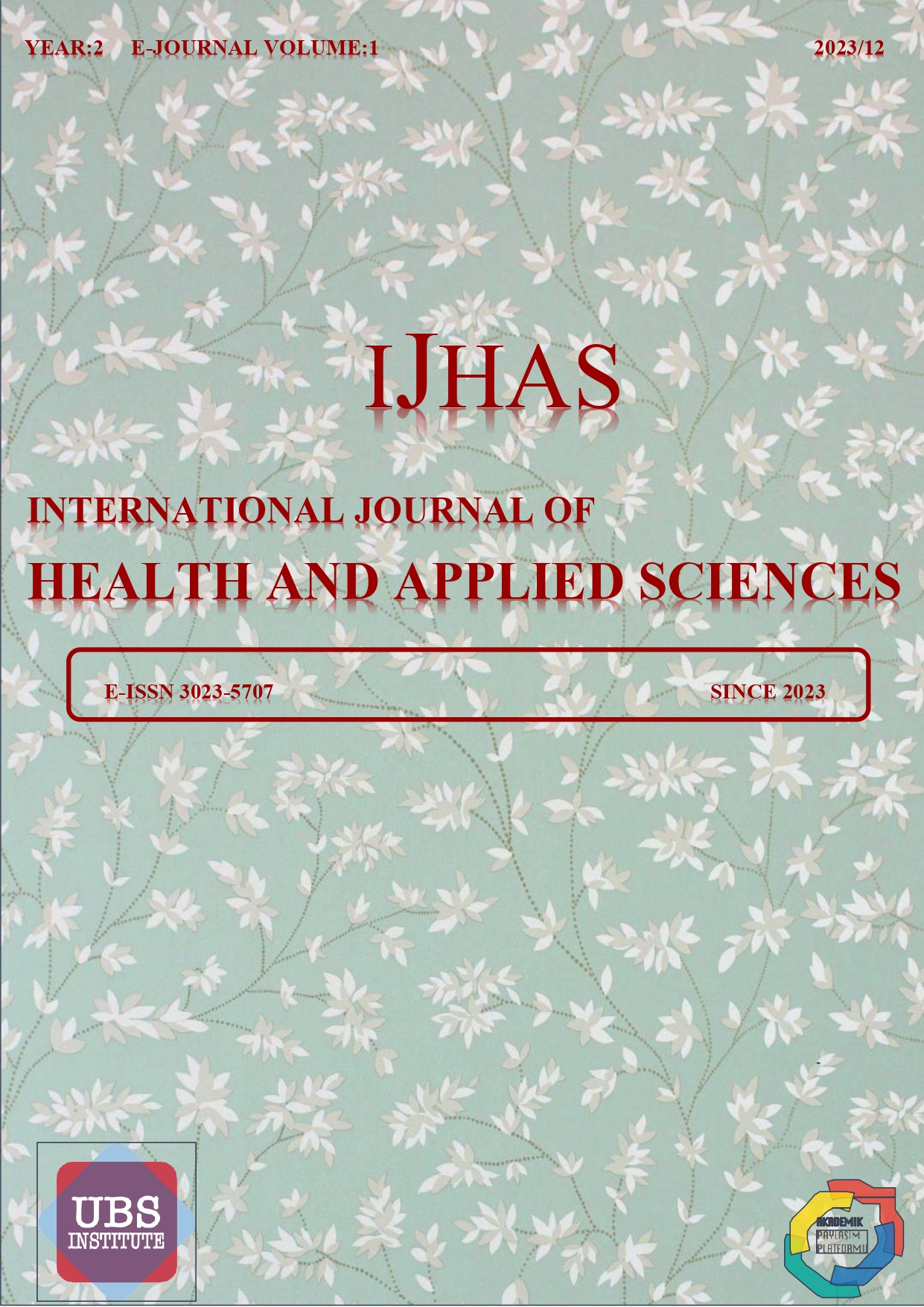THE IMPACT OF AUTOMOTIVE CATALYTIC CONVERTERS ON REDUCING EMISSIONS INTO THE ATMOSPHERE
DOI:
https://doi.org/10.5281/zenodo.10892483Keywords:
Automotive Catalytic Converters, Atmospheric Emissions, Air Pollution, Nitrogen Oxides, HydrocarbonsAbstract
This study explores the profound impact of automotive catalytic converters on mitigating atmospheric emissions, aiming to comprehensively analyze their mechanisms, classifications, merits, and drawbacks. The research focuses on the efficiency of catalytic converters in reducing the emissions of harmful substances, including hydrocarbons, nitrogen oxides, and carbon monoxide – major contributors to air pollution with adverse effects on both human health and ecosystems. Special attention is given to technological innovations and advancements in catalytic converter design aimed at enhancing their effectiveness while minimizing negative environmental consequences.
The study's to quantitatively assess pollution levels emitted by vehicles equipped with operational catalytic converters, drawing a comparison with those without catalytic converters. The methodology involves the use of instruments such as the automotive scanner ELM 327 version 1.5 and the gas analyzer "ГАНК-4" for precise measurements and analysis. The comprehensive comparative analysis seeks to highlight the strides achieved by automotive catalytic converters in actively mitigating atmospheric emissions.
In the introduction, the study underscores the significant role of automotive transportation as a primary contributor to atmospheric pollution, releasing nitrogen oxides, hydrocarbons, carbon monoxide, and particulate matter. To address these environmental challenges, catalytic converters are employed, utilizing precious metals like platinum, palladium, and rhodium to catalyze chemical reactions that transform toxic gases into less harmful or inert substances. However, the study acknowledges the drawbacks associated with catalytic converters, including high costs, wear and tear, potential effects on engine performance, loss of activity, and the risk of secondary pollution.
The study provides a detailed examination of catalyst composition, highlighting the use of ceramic or metallic honeycombs with micro-layers of reactive metals. Modern catalytic converters are described as three-component systems, with each element addressing specific pollutants.
In conclusion, this research contributes valuable insights into the multifaceted aspects of automotive catalytic converters, offering a balanced assessment of their positive contributions to reducing atmospheric emissions and the challenges associated with their implementation. By conducting a quantitative analysis of pollution levels and a comprehensive comparative evaluation, the study aims to contribute to ongoing efforts in developing more efficient and environmentally friendly catalytic converter technologies.
The objective of this study is to scrutinize the operational principles, classifications, merits, and demerits of automotive catalytic converters. Additionally, a comprehensive evaluation will be conducted to gauge their influence on the surrounding environment. The primary objective is to quantitatively assess pollution levels emitted by vehicles equipped with operational catalytic converters, juxtaposed with those without catalytic converters. Furthermore, the study aims to conduct a comprehensive comparative analysis of the strides achieved by automotive catalytic converters in mitigating atmospheric emissions.







